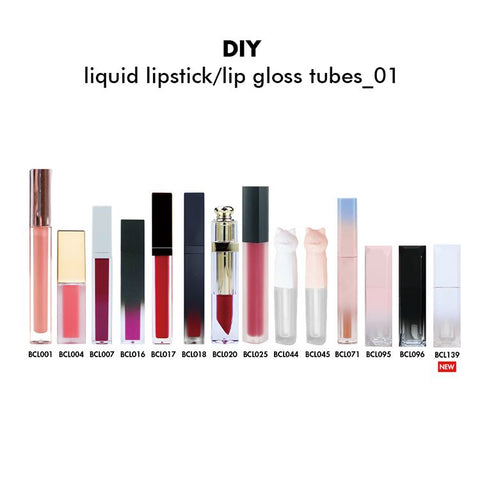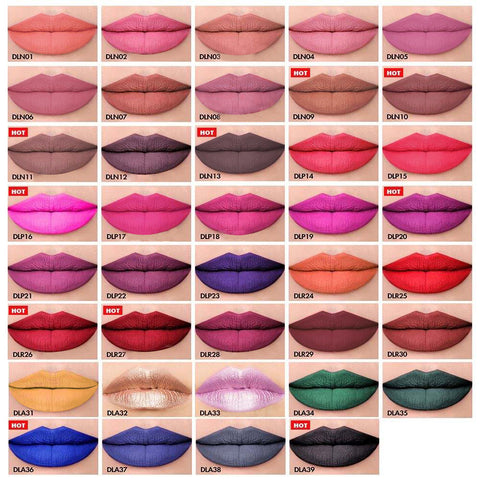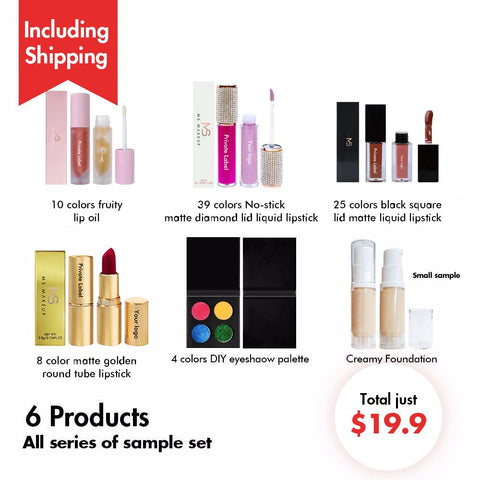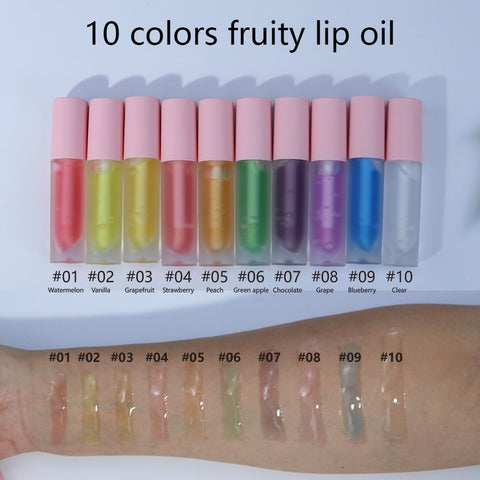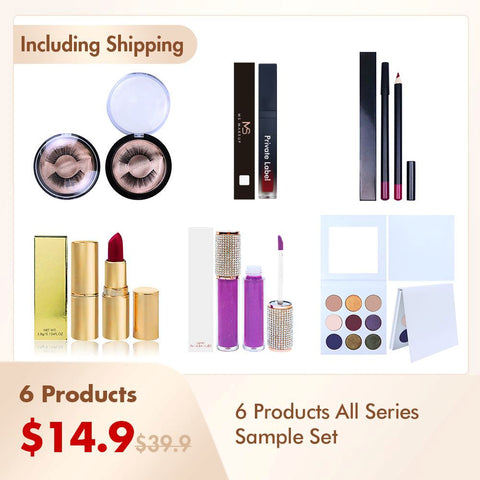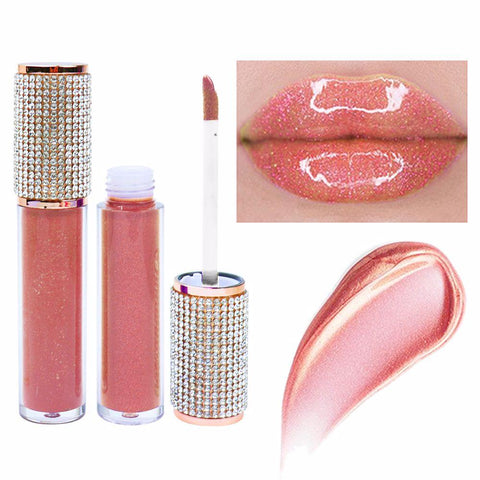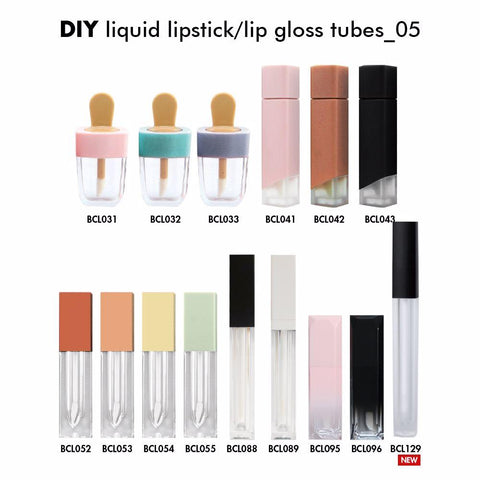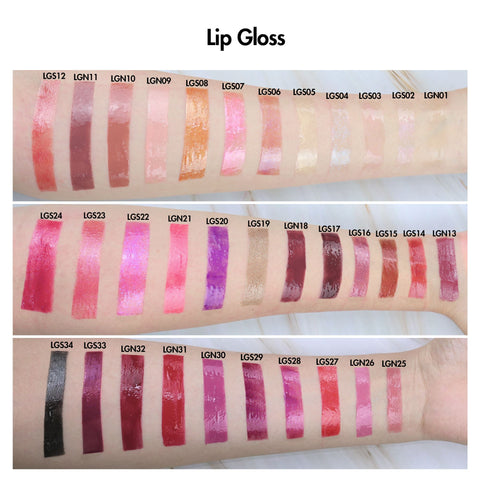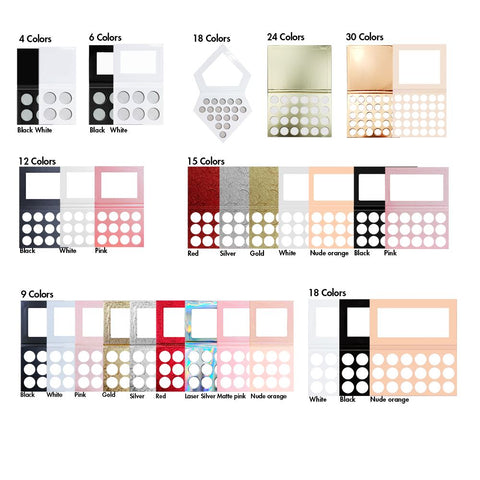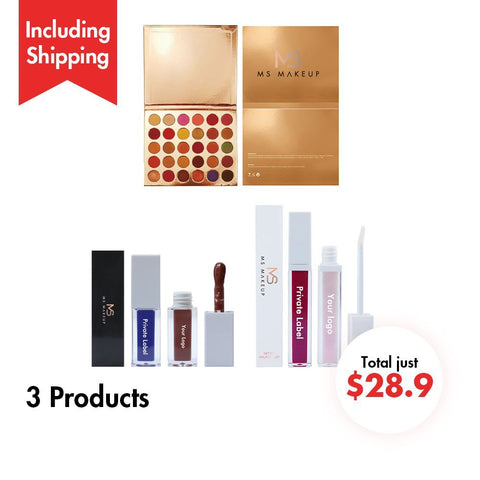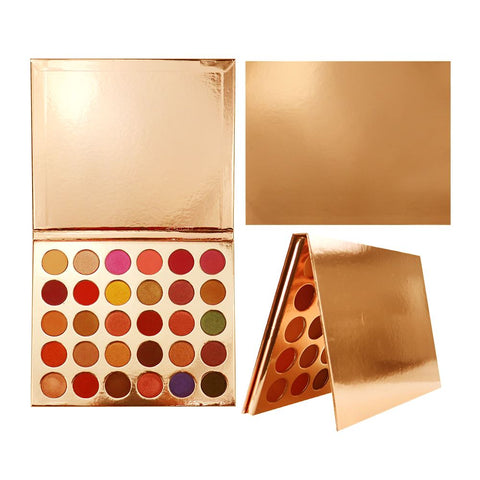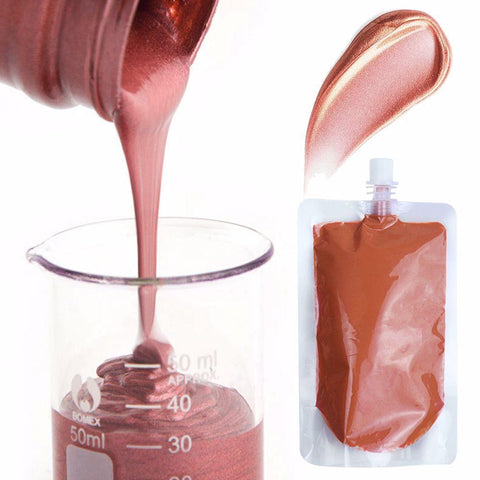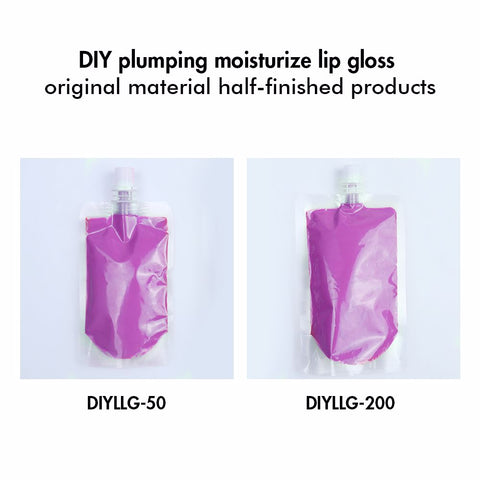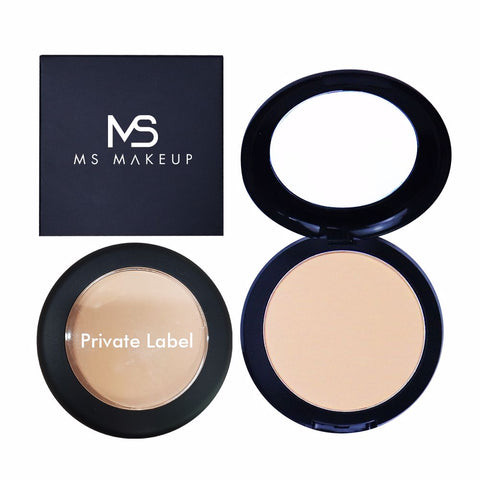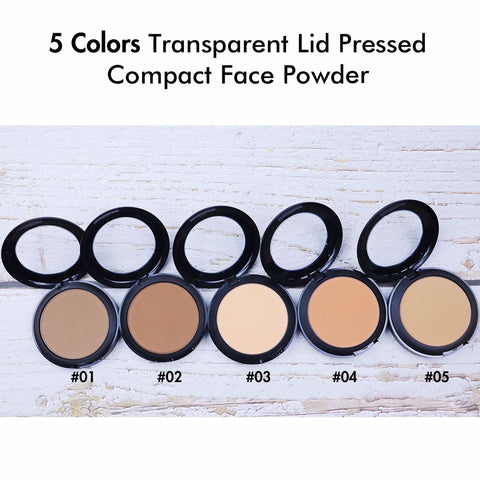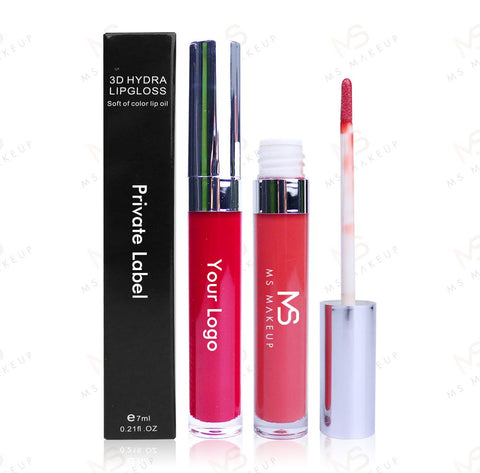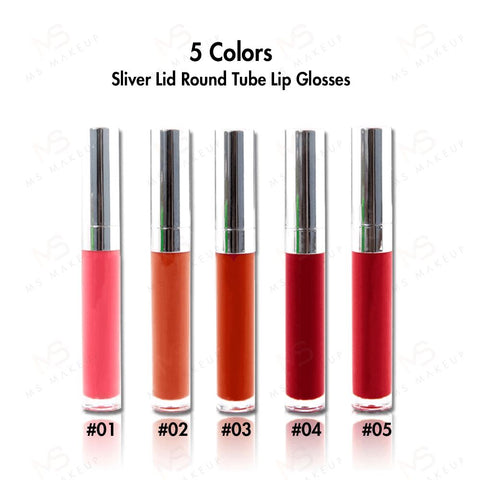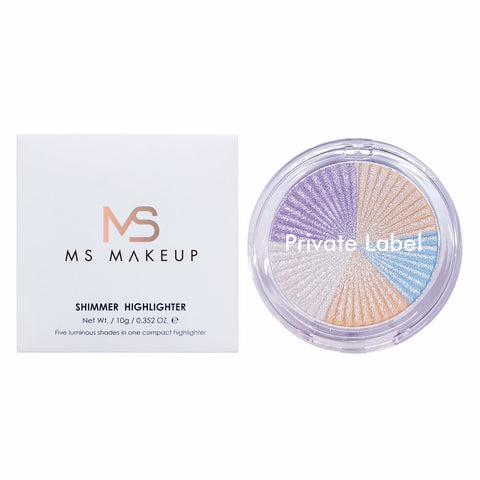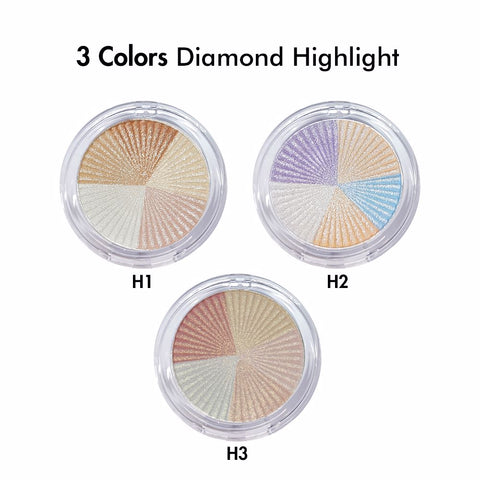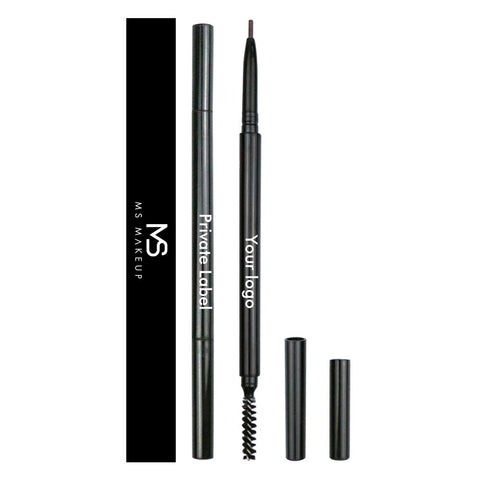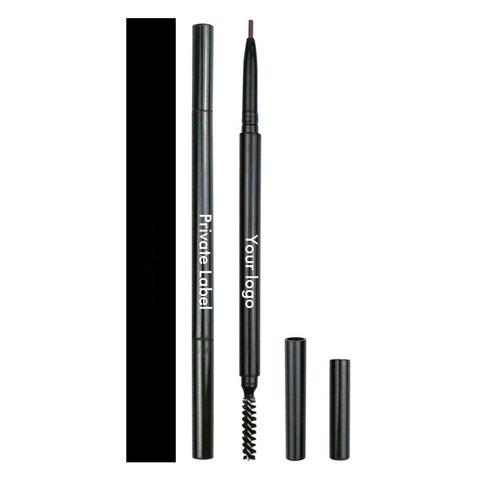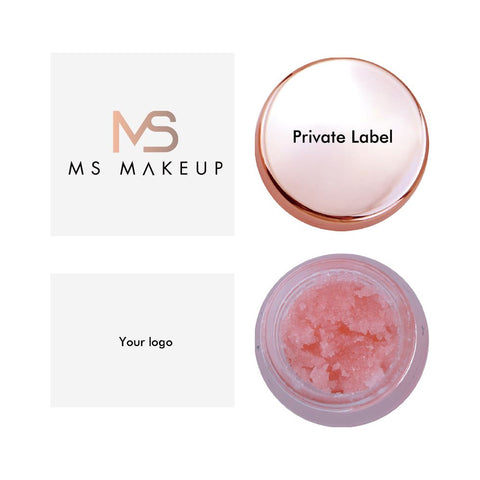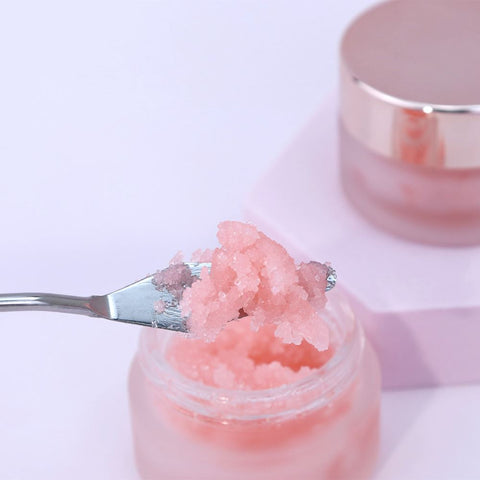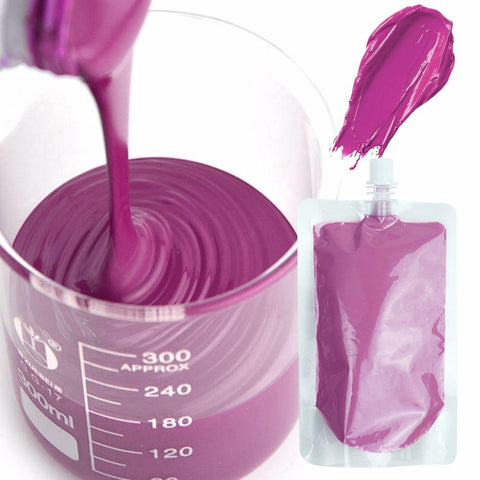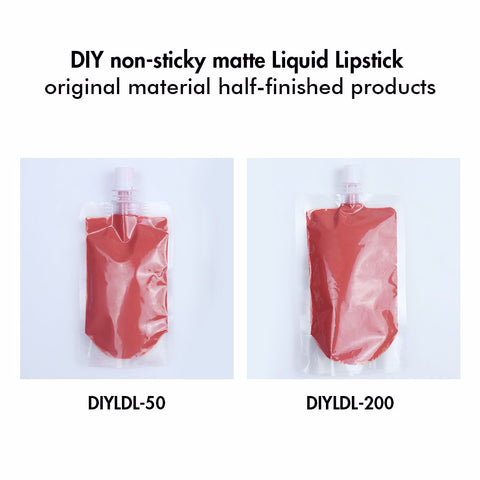Warum Kosmetika die falsche Marke haben
Abschnitt 602 des FD & C Act [21 USC 362] beschreibt die Ursachen für falsche Kennzeichnung von Make-up :
„Kosmetika sollten als falsch gekennzeichnet betrachtet werden –
(a) Wenn die Kennzeichnung in irgendeiner Weise falsch oder irreführend ist.
(b) Im Falle von Verpackungen gilt: Sofern diese nicht mit einem Etikett mit folgender Aufschrift versehen sind: (1) Name und Geschäftssitz des Herstellers, Verpackers oder Vertreibers; (2) eine genaue Angabe der Menge der enthaltenen Artikel nach Gewicht, Maß oder Anzahl: Die Bestimmungen müssen angemessene Abweichungen gemäß Absatz (2) dieses Unterabschnitts zulassen und kleine Verpackungen von den Bestimmungen des Kommissars ausnehmen.
(c) Wenn Wörter, Aussagen oder andere Informationen, die gemäß diesem Gesetz oder gemäß seiner Genehmigung auf dem Etikett oder der Kennzeichnung erscheinen müssen, nicht in einer so auffälligen Weise (mit dem Etikett) hervorgehoben sind, und die Begriffe, die es normalen Menschen leicht machen, sie unter normalen Kauf- und Verwendungsbedingungen zu lesen und zu verstehen.
(d) Wenn der Behälter hergestellt, geformt oder gefüllt ist, ist er irreführend.
(e) Handelt es sich um einen Farbzusatz, es sei denn, seine Verpackung und Kennzeichnung entsprechen den für den Farbzusatz geltenden Verpackungs- und Kennzeichnungsvorschriften gemäß den gemäß Abschnitt 721 erlassenen Vorschriften. Dieser Unterabschnitt gilt nicht für Verpackungen, die für die Verwendung in Kosmetika im Handel erhältlich sind und nur als Farbzusatz (wie im letzten Satz von Abschnitt 601 (a) definiert) in oder auf Haarfärbemitteln verwendet werden dürfen.
(f) Wenn die Verpackung oder Kennzeichnung gegen die geltenden Bestimmungen gemäß Abschnitt 3 oder 4 des Anti Drug Packaging Act 1970 verstößt.
Bitte beachten Sie, dass der Begriff „falsche Kennzeichnung“ gemäß dem FD&C-Gesetz gilt für:
Falsche oder irreführende Informationen,
Mangel an notwendigen Informationen,
Die Sichtbarkeit und Lesbarkeit der erforderlichen Informationen,
Irreführende Verpackung,
Unsachgemäße Verpackung und Kennzeichnung von Farbzusätzen und
Das Gesetz der Volksrepublik China über Antivirenverpackungen verlangt die Mängel einer speziellen Verpackung.
*Hinweis: Gemäß dem FD & C Act umfasst die Feststellung, dass ein Etikett „irreführend“ ist, die Berücksichtigung sowohl des Inhalts auf dem Etikett als auch des auf dem Etikett angezeigten Inhalts:
„Wenn behauptet wird, dass ein Artikel durch ein Etikett oder eine Werbung falsch gekennzeichnet ist, sollten bei der Feststellung, ob das Etikett oder die Werbung irreführend ist, nicht nur Aussagen, Wörter, Designaussagen oder Vorschläge berücksichtigt werden, sondern auch (unter anderem), Geräte oder eine beliebige Kombination davon, einschließlich des Ausmaßes, in dem das Etikett oder die Werbung eine wesentliche Tatsache, die auf einer solchen Darstellung oder einem solchen Material beruht, nicht offenlegt, und die Folgen, die sich aus der Verwendung des Etiketts oder der Werbung unter den auf dem Etikett oder der Werbung angegebenen Verwendungsbedingungen oder unter üblichen oder gebräuchlichen Verwendungsbedingungen ergeben“ (FD & C Act, 201 (n); 21 USC 321 (n)].
Darüber hinaus gelten Kosmetika, die unter Verstoß gegen das FPLA oder die aufgrund seiner Genehmigung erlassenen Vorschriften verkauft werden, gemäß dem FD&C Act [15 usc1456 (a)] als falsch gekennzeichnet. Für Kosmetika, die als Konsumgüter verkauft werden, sind gemäß FPLA weitere Kennzeichnungsinformationen erforderlich, beispielsweise zur Identität des Produkts [15 usc1453], sowie autorisierte Durchsetzungsvorschriften, um die korrekte Anzeige der erforderlichen Kennzeichnungsinformationen zu spezifizieren, die Angabe der Inhaltsstoffe zu verlangen und betrügerische Verpackungen zu verhindern [15 usc1454 (c)].
Das FPLA definiert Konsumgüter, die für FDA-regulierte Produkte gelten, wie folgt:
„Jedes Lebensmittel, Arzneimittel, Gerät oder Kosmetikum (wie im Bundesgesetz über Lebensmittel, Arzneimittel und Kosmetika definiert) und jede andere Art oder Klasse von Waren, die normalerweise hergestellt oder vertrieben werden, ein Produkt oder eine Ware, ein Werkzeug oder Gerät, das über einen Einzelhandelsvertreter verkauft wird, für den persönlichen Verbrauch oder für Zwecke der Körperpflege oder für Dienstleistungen, die im Haushalt erbracht werden, normalerweise innerhalb des Verbrauchs oder der Verwendung im Zuge eines solchen Verbrauchs oder einer solchen Verwendung.“ [15 USC1459(a)]
Beachten Sie, dass das FPLA die Art und Weise definiert, wie Konsumgüter verkauft und nicht gekennzeichnet werden. Die Kennzeichnung von Produkten mit Hinweisen wie „Nur für den professionellen Gebrauch“ schließt nicht aus, dass Ihre Produkte gemäß dem FPLA als Konsumgüter gelten.
Die Kennzeichnungsvorschriften sind sehr komplex. Weitere Informationen zur Kennzeichnung von Kosmetika finden Sie im Handbuch der FDA zur Kosmetikkennzeichnung und in der Kennzeichnungsspezifikation selbst [21 CFR 701].
Beispiel-Block-Zitat
Praesent vestibulum congue tellus bei fringilla. Curabitur vitae semper sem, eu convallis est. Cras felis nunc commodo loremous convallis vitae interdum non nisl. Maecenas ac est sit amet augue pharetra convallis nec danos.
Beispiel Absatztext
Praesent Vestibulum congue tellus bei Fringilla. Curabitur vitae semper sem, eu convallis est. Cras felis nunc commodo eu convallis vitae interdum non nisl. Maecenas ac est sit auguste pharetra convallis nec danos dui.
Cras suscipit quam et turpis eleifend vitae malesuada magna congue. Damus id ullamcorper neque. Sed vitae mi a mi pretium aliquet ac sed elitos. Pellentesque nulla eros Accumsan quis justo tincidunt lobortis denimes loremous. Hängen Sie das Vestibulum lectus in den Lectus volutpat ein, bis es zum Purus pulvinar kommt. Vestibulum sit amet auctor ipsum.
